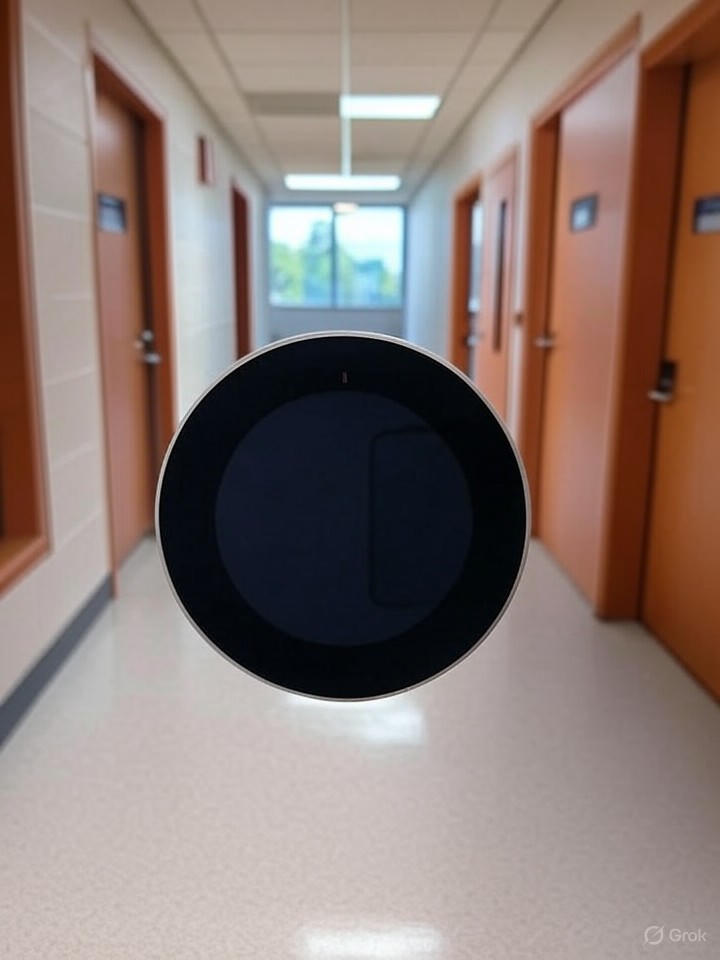In the interconnected world of modern campuses, a seemingly innocuous device like a smart thermostat can become the Achilles’ heel of an entire network. Universities, with their sprawling ecosystems of connected devices, are increasingly vulnerable to cyberattacks that exploit Internet of Things (IoT) weaknesses. Recent incidents highlight how these everyday gadgets, designed for convenience, can serve as gateways for sophisticated breaches, potentially compromising sensitive data and physical security.
Take, for instance, the case of a major university where hackers infiltrated the network via a vulnerable thermostat. This breach allowed unauthorized access to building controls, student records, and even surveillance systems. Such scenarios underscore a growing trend: IoT devices, often overlooked in security protocols, are prime targets for cybercriminals seeking to disrupt operations or steal information.
The Hidden Dangers Lurking in Campus IoT Ecosystems
Industry experts warn that the proliferation of IoT devices— from smart locks to environmental sensors— amplifies risks exponentially. According to a report from Campus Safety Magazine, universities face mounting challenges as these devices expose vulnerabilities that traditional IT security measures fail to address. Shankar Somasundaram, CEO of Asimily, emphasizes the need for enhanced visibility and monitoring, noting that a single compromised thermostat could cascade into a full-scale data breach.
This concern is echoed in broader industry analyses. A recent post on X from Asimily highlighted how physical and digital safety are now intertwined, urging proactive risk mitigation strategies. Real-time monitoring tools, they argue, are essential to detect anomalies before they escalate.
Emerging Vulnerabilities in Smart Thermostats and Beyond
Delving deeper, specific vulnerabilities in devices like Network Thermostat X-Series WiFi models have been uncovered, allowing unauthenticated hackers to gain control. As detailed in a Cybernews article published just two weeks ago, these flaws enable remote manipulation, potentially turning a thermostat into a pivot point for network-wide attacks. In educational settings, this could mean altering climate controls to disrupt classes or, worse, accessing linked systems for espionage.
Compounding the issue, Forescout’s 2025 report, as reported by Industrial Cyber, reveals a surge in vulnerabilities across IoT and related technologies. The document launches eyeScope, a tool for unified visibility, and notes a 30% increase in exploitable weaknesses compared to previous years, driven by outdated firmware and weak authentication.
Strategies for Fortifying Against IoT Threats
To combat these risks, insiders recommend a multi-layered approach. JumpCloud’s blog on IoT security risks for 2025 outlines key statistics, including that over 80% of organizations experienced IoT-related breaches last year. They advocate for regular firmware updates, network segmentation, and AI-driven threat detection to isolate vulnerable devices.
On X, discussions among cybersecurity professionals, such as those from Forbes Tech referencing historical Nest thermostat hacks, illustrate persistent concerns. These posts, dating back but resonating in 2025 contexts, stress that ransomware tailored for smart devices—like the first-ever thermostat ransomware reported by Motherboard in 2016—has evolved into more insidious forms today.
Case Studies and Lessons from Recent Breaches
Examining real-world examples, Asimily’s own blog on top IoT breaches in 2024 details attacks on critical infrastructure, where thermostats served as entry vectors. One incident involved hackers overriding HVAC systems in a hospital network, mirroring potential university scenarios. StationX’s guide to IoT security challenges labels these as the most critical risks of 2025, advising encryption and zero-trust models.
Universities must prioritize inventorying all IoT assets, as per CompareCheapSSL’s 2025-26 IoT security statistics, which predict a doubling of breaches if safeguards lag. AstrillVPN’s blog on top IoT vulnerabilities offers practical tips, like using VPNs for smart devices to encrypt traffic.
The Road Ahead: Policy and Innovation in IoT Defense
Looking forward, regulatory pressures are mounting. Dr. Khulood Almani’s X post on 2025 cybersecurity predictions highlights quantum threats and identity verification as focal points, urging organizations to transition to post-quantum cryptography for IoT protection. NETGEAR’s 2024 report, extended into 2025 discussions, warns of scam trends targeting mobile-IoT integrations.
Ultimately, for industry insiders, the message is clear: Invest in comprehensive platforms like Asimily’s for anomaly detection. By treating every connected device as a potential threat vector, campuses can transform vulnerabilities into fortified defenses, ensuring that a humble thermostat doesn’t become the spark for a catastrophic breach.




 WebProNews is an iEntry Publication
WebProNews is an iEntry Publication